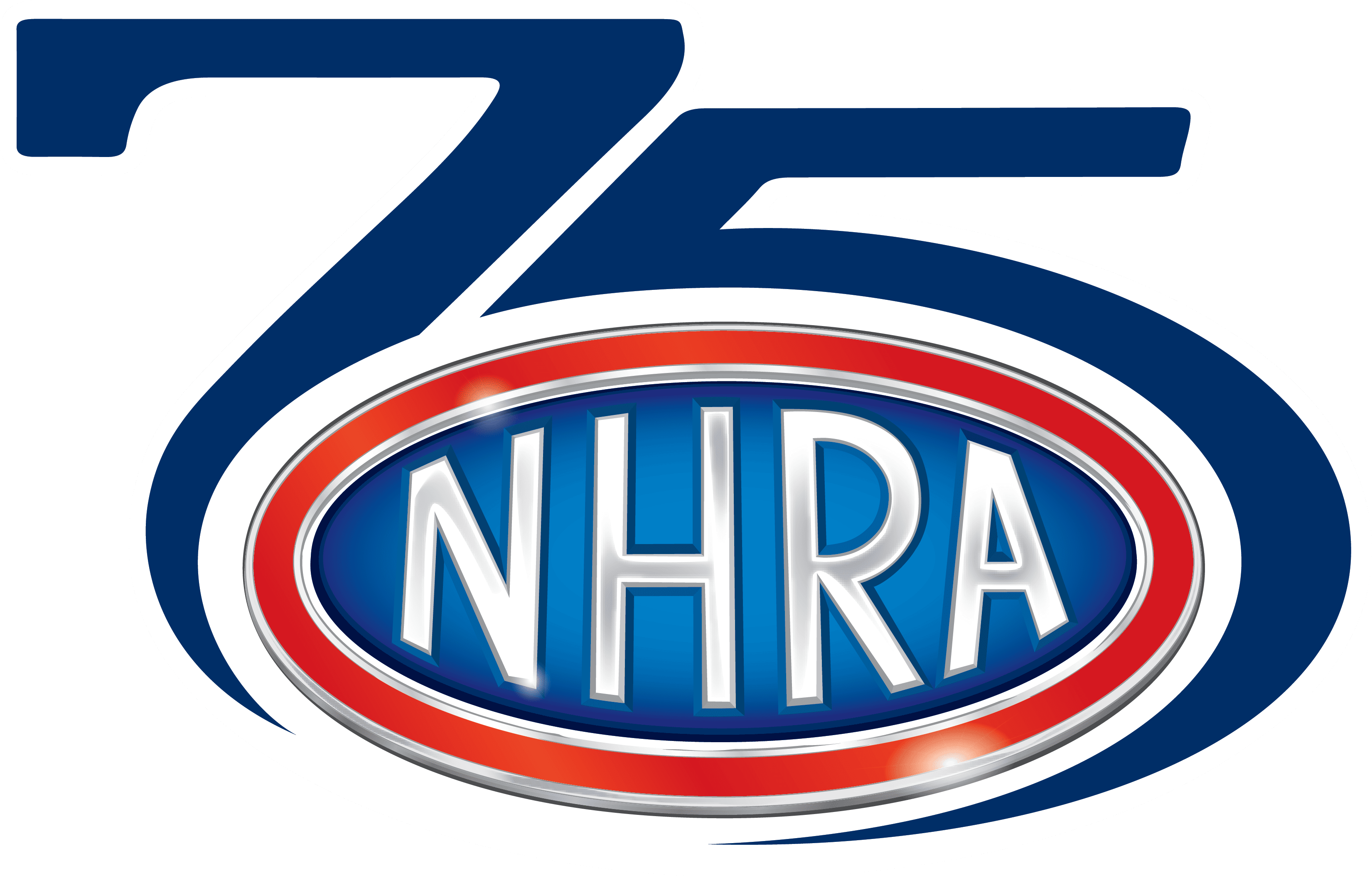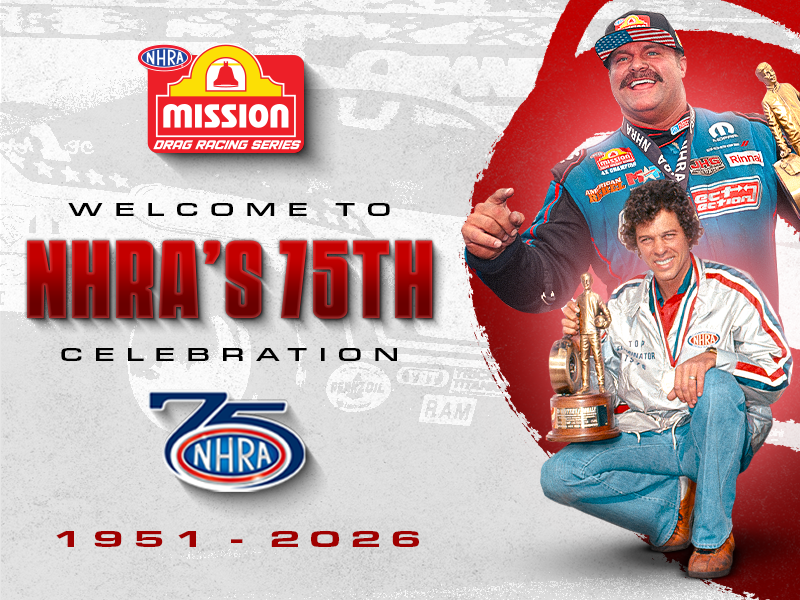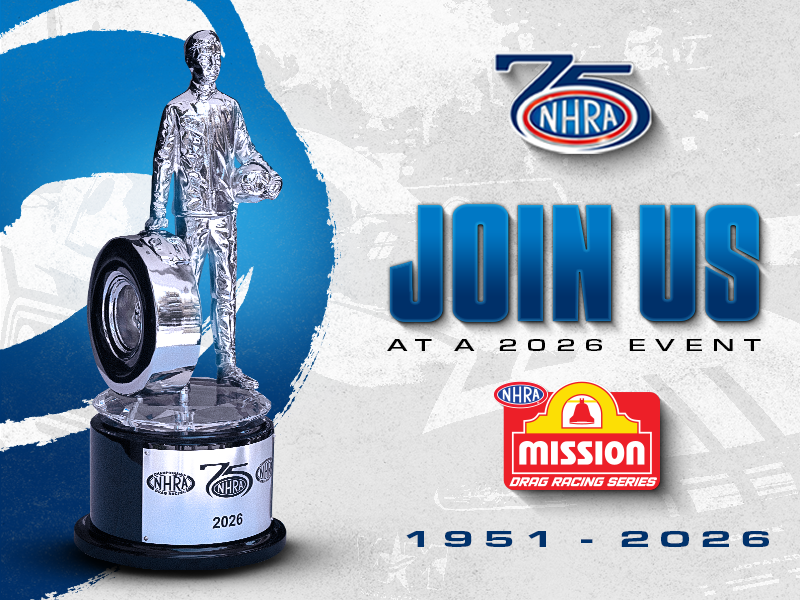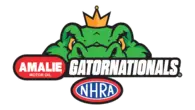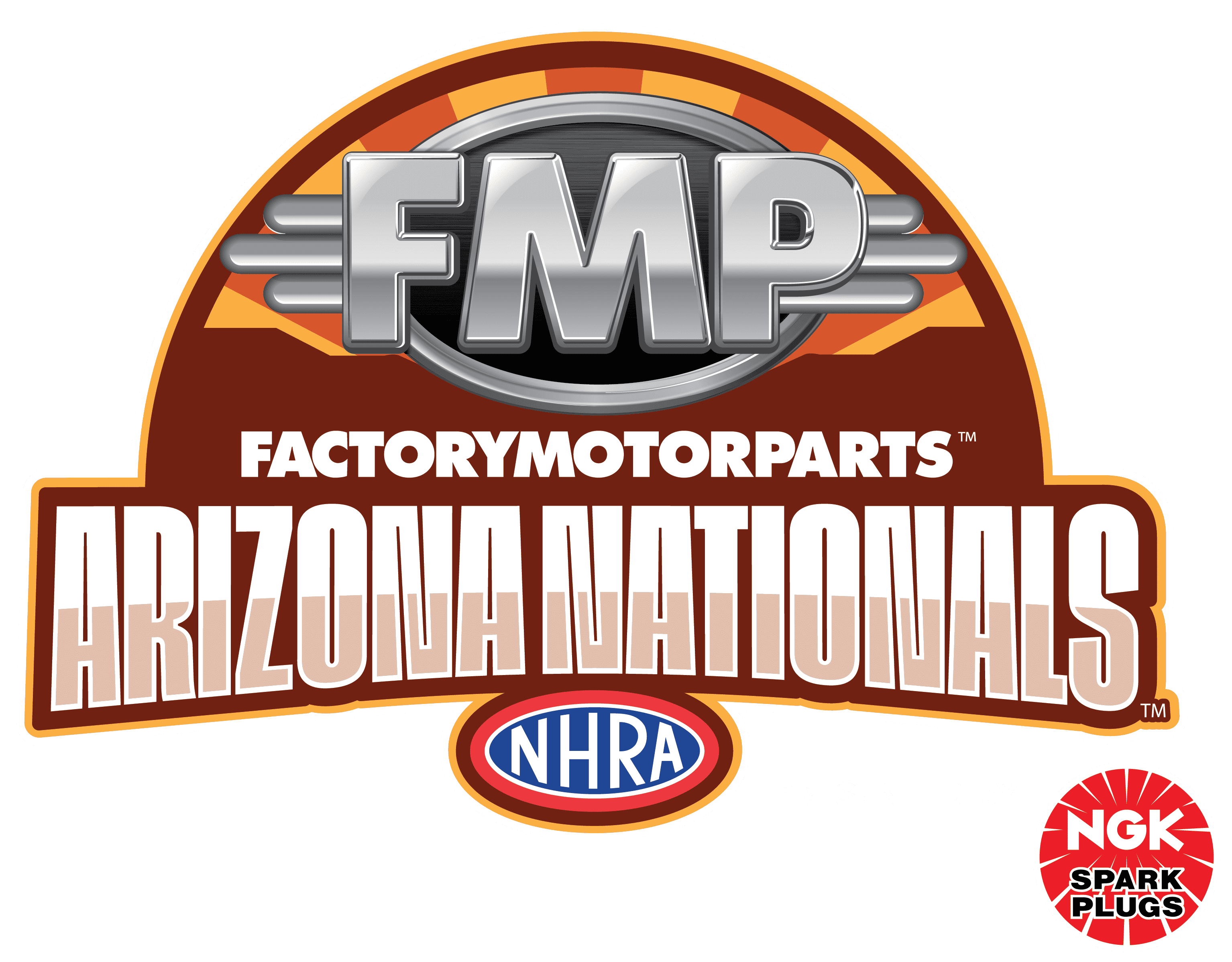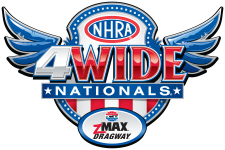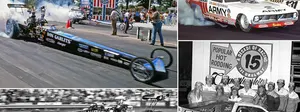Remembering John Farkonas, Bob Brooks

John Farkonas, left, with Austin Coil, center, and Pat Minick at the Chi-Town Hustler reunion in 2011. (Dennis Mothershead photo)
|
His was the first surname listed on the side of one of the sport’s most iconic Funny Cars, and the passing of Chi-Town Hustler co-founder John Farkonas in late August is just the latest in a series of losses that the sport has endured the last several years as its legendary founders and pioneers begin to succumb to the ravages of time.
Although it was his car that began the car’s historic reign, Farkonas ultimately was not the most famous of the trio that made Farkonas, Coil & Minick drag racing’s melodic answer to Tinker to Evers to Chance, but he certainly made his impact on his more famous partners, tuner extraordinaire Austin Coil and talented wheelman Pat Minick. Farkonas earned degrees in mechanical and industrial engineering from the Illinois Institute of Technology and was an engineer for Union Carbide/Viskase for many years, and he applied his learnings and knowledge to racing.
Farkonas and Minick were both Mopar guys when they met in the late 1950s and first partnered in the early 1960s, with Minick wheeling several of Farkonas’ cars, starting with a ’56 Chrysler 300. In 1962, they went Super Stock racing, winning 31 of 33 events they entered. In 1964, they got backing from Norm Kraus’ Grand Spaulding Dodge dealership with a car that was known as the Hustler (not yet with the Chi-Town prefix) and, finally, a blown-nitro altered-wheelbase ’65 Plymouth.
Farkonas and Minick got their clutches done at E&R Automotive, on Chicago’s north side, where Coil was also a customer, struggling to race a 426 Hemi-powered Super Stocker on an auto-dealer mechanic’s wage. Farkonas and Minick were in need of a good wrench, and Coil was in need of some deeper pockets, so they formed a partnership during the winter of 1966 and decided to go Funny Car racing in 1967. The trio built a tube-chassis ’67 Barracuda flip-top Funny Car in the garage of Farkonas’ mother that was the first Chi-Town Hustler (Minick had come up with the idea of branding the car as being from Chicago a year earlier, but it didn’t go onto the car until 1967).

Farkonas designed all the chassis for the early Chi-Town Hustlers, from the 1967 Barracuda (above) to their offset-driver Charger in 1969 (below).
|
 |
Farkonas designed the early cars, most notably their offset chassis for the 1969 season. While most of the Funny Cars by this time had the engine and driver centered in the chassis, the ’69 Hustler had a homemade frame with the driver shifted to the left, primarily to allow the body to sit lower but also to counteract the engine’s rotational force on the chassis.
Although Farkonas stopped traveling with the team after the 1969 season as he devoted time to his family, he remained a mostly silent partner on the team throughout its match race glory days of the 1970s and the NHRA championship years. The National Dragster photo archives has a thick file for the Hustler, but there’s not a single photo of Farkonas in it.
Minick retired as the team driver early in 1971, also to spend more time with his family, and also remained with the team, booking the car and lining up sponsors, so Coil soldiered on alone on the road with different pilots. They raced extensively through the 1970s and early 1980s with a variety of drivers -- Clare Sanders, Ron Colson, Denny Savage, Russell Long, Pete Williams, and, beginning in 1981, Frank Hawley -- mostly on the match race and UDRA circuits, but also at some NHRA national events.
That all changed in 1982 when the team traveled to Pomona for the Winternationals, qualified No. 1 with a 5.86, and reached the semifinals, giving it the capital to go to the Gatornationals, which it won. The team never looked back and won the season championship in 1982 and 1983, then had a winless 1984 season and split up. Wayne Minick, Pat’s son, took over the car and made infrequent national event appearances while keeping the famed name alive on the dwindling match race trail and later turned the car over to his son, Mike, who campaigns it as a Nostalgia Funny Car. Coil, of course, went on to great fame and success as crew chief for and architect of John Force’s two-decade domination of the class.
I spoke to both Coil and Minick this week to get their memories of their former partner. Both had not been in constant contact with their old friend, but both had fond memories of their time together and his brilliance.
“John was a really smart guy and very adamant that if you couldn’t back up your theories with science and physics, it probably doesn’t work that way,” said Coil. “He was one of the smartest men I have known. In the 1960s, he did some longhand formulas for figuring out centrifugal force and other things that today are a piece of cake with a computer program, but I continued to use those equations throughout my career at Force Racing. When we finally got a $50,000 pressure-plate dyno, it turned out that Farkonas’ formulas were just about dead on.
“One of my greatest memories of John was sitting in a bar somewhere talking about chassis flex; he got a box of toothpicks and some Scotch tape and made a model to demonstrate where putting the critical tubing made all the difference in the world.

Minick, left, and Coil, right, shared the Great Lakes Dragaway winner's circle with "Broadway Bob" Metzler, circa 1969.
|
“He and I made the decisions on the car through 1969, but then he got married at the end of that year, and he didn’t come around much,” explained Coil. “We would still talk pretty regularly, and if I had a question that had a mathematical answer, he’d know how to solve it, but I don’t think I saw much of John from probably the mid-1970s on. He still owned a big chunk of the team, but he never came around. I don’t think I saw him again until 1997, when we were all inducted into the [International Drag Racing Hall of Fame], then not again until we had a reunion in Moline, Ill., in 2011. It’s a shame we didn’t remain closer.”
Minick echoed Coil’s appreciation of Farkonas’ mental acuity. “He was one of the brightest people I ever met. We were both big Chrysler guys back in the day, but he was the one who knew why the Hemi engine was better than the wedge, and he taught me that,” Minick remembered. “We both had cars then, but he couldn’t drive very well and I could, so I became his driver. The Super Stock cars of that era were the kingpins. I also had a fuel dragster that I drove at the time, but I noticed that when I’d come down the return road with the dragster, I’d get a few claps, but the Super Stocker had people falling out of the stands.
“John was definitely the leader of the group. I can’t praise him enough. He bankrolled the whole thing, and we worked out of his garage. When the Funny Car era started, he designed and built our ’65 Plymouth, which was one of the quickest and fastest out there: 8.30s from a full-sized car.
“John built all of the cars I drove, and they were very successful. People call it match racing, but I don’t like that term much because some of those booked-in races were 16 cars, 32 cars, not just one on one. We’d race against the best cars in the country; if you weren’t a hitter, you didn’t get into the show. When we ran the UDRA circuit in 1967, we won 12 of the 14 events. I can lay all of this on the foundation that John Farkonas gave us. I’m proud to have known him.”

 |
I’d learned of Farkonas’ passing the day I arrived in Indy, in an email from Wayne Minick, and just a few days later, we all learned of the passing of another big figure in our sport, Bob Brooks, on Friday, Aug. 29. He was 73. Although Brooks also had raced fuel cars in his youth, he was best known as the founder of Brooks Racing Components, which specialized in connecting rods, and Applied Friction Techniques (AFT), which helped revolutionize nitro clutches in the late 1980s. Although he wasn’t in the superstar realm of drag racing personalities, he was respected by those who knew the behind-the-scenes heroes and had already been selected to be honored at the 2014 NHRA Motorsports Museum California Hot Rod Reunion presented by Automobile Club of Southern California in October.
Brooks competed in Top Fuel in the early to mid-1960s, driving for, among others, John Bateman (Atlas Tool Special), Reath Automotive, Wilton & Doss, and Brooks & Rapp. While he was racing, he ran the piston department at Mickey Thompson Enterprises, and from that endeavor, he founded BRC in 1971 and AFT in 1986.
It was in the mid- to late 1980s that crew chiefs were beginning to experiment with the first lockup/multistage clutches, and Brooks formed a fruitful working relationship with Dale Armstrong, then crew chief for Kenny Bernstein’s Budweiser King Funny Car, and worked with Armstrong when he was crew chief for Don Prudhomme and Jerry Toliver as well as for Jim Dunn Racing. He also was instrumental in the success of topflight drivers such as Joe Amato and Dick LaHaie in their heyday.

Bob Brooks raced Top Fuel in the 1960s. (Above) The Brooks & Rapp AA/FD, near lane, took on Jim Ward in the Yeakel Plymouth entry. (Below) Brooks, right, had "a discussion" with Lions starter Larry Sutton. (Jere Alhadeff photo)
|
 |
“When I first started working on the [lockup clutch], we were using an L&T pressure plate and adding just three [clutch] fingers, but as everyone started adding more fingers, we realized you couldn’t just release the bearing; you had to have something that moved the bearing, and Brooks had the cannon that could do that,” Armstrong recalled.
“He was a great racer; he could have run a car on his own,” he added, which is surely high praise. “Whenever I went anywhere [to a new team], I’d tell them how valuable he was and that he needed to come, too. Back then, there wasn’t a lot of this crew chief/co-crew chief like you see today, but he was a real good sounding board for me."
Brooks also developed one of the first fuel-system slide valves that is still used by several nitro teams.
“If we came up with something and needed it done fast and his company could do it, he would,” said Armstrong. “We’d be sitting around and come up with an idea, and he’d jump right on it, like the slide valve and the fuel regulator. With that deal, we were just sitting around having lunch one day, and I said we need something that, as the engine is coming down and we’re losing fuel pressure, we need something like a variable orifice that will keep the pressure up. Don Jackson, who worked for Bob, came up with the prototype for the slide valve, and Brooks put it into production. All of his stuff was so nice.
“He loved to race, and he was fun to race with, too. I remember when we were in Houston [in 1999, with Prudhomme’s team and driver Larry Dixon], it was the night run, Friday I think, and it was cooling off, so I set the clutch up from older records and put a half-pound in the tires, which is what we used to do back then to get through tire shake. Brooks came walking up through the line, telling everyone we were going to set the record. I thought we had it set up for a nice run but not the record, but it went out there and ran 4.48 for the record. I about fell over. He just knew from the setup we had in it and the way the track looked what was going to happen.”

From left, Kenny Bernstein, Dale Armstrong, and Brooks (minus uniform!) shared the winner's circle in Houston in 1996.
|

Brooks with Dick and Kim LaHaie in 1986; they were one of AFT's earliest customers.
|
Even though he was still servicing many customers, Brooks was proud to be part of the Budweiser King team’s success and even asked to have an official crew uniform, much to Armstrong’s chagrin.
“I asked him, ‘Are you sure you want to wear that? You’re going to take a lot of flak from your other customers out there.’ He didn’t care; he just wanted to wear the Budweiser colors. And, of course, he did take a lot of flak and eventually just trimmed back to wearing a red Budweiser sweater or a polo.”
Armstrong and Brooks still talked weekly; “I really liked Bob,” he said, “and I’ll miss him.”
Former NHRA Top Fuel champ LaHaie was another close friend of Brooks' -- he and wife Claudia often vacationed with Brooks and his wife, Gail – and he, too, was saddened by the passing.
LaHaie met Brooks in the 1970s when he was a customer of (and sponsored by) BRC; the two were kindred spirits.
“He was a great friend. It’s hard to explain how a friendship starts, but I’ve been thinking about it a lot lately,” he said. “We had mutual friends, but no one really introduced us; we were just drawn to one another, and it turned into a lifelong friendship. You don’t get too many of those in your life. It’s sad to realize I won’t see him anymore.
“I ran the first clutch he ever made – it was a spring-style like they use in Alcohol Dragster – at an NHRA race in Tulsa [Okla.] in 1986. I said bring your clutch and everything we’ll need and bring plenty of it because I’m going to turn that thing into a potato chip every time it goes down the racetrack. Lo and behold, it was a nice clutch, and I won the championship the next year with one of his centrifugal clutches.
“We used to argue night and day about how to do this or do that, and he was always damned determined to make sure I wasn’t right. One time, back before he had AFT, I was at Indy and had used up all my clutch parts, and [daughter] Kim was stoning down a disc surface, and Bob told me I should just go buy another clutch from Hays. I didn’t have the money, but I thought we’d be OK. We lost, and Bob came over and said, ‘See? I was right again! I should have tied you down and put a new clutch in there.’
“We were serious about our racing, but we had fun – a lot of fun. Robert Goodwin -- who worked with Bob at BRC – and I always used to make fun of Bob. We used to say there were three lines of communication in drag racing: telegram, telephone, and tell-a-Bob. If you wanted anyone to know anything, just tell Bob. AFT was the center for gossip. There was never a dull moment with Bob around.
“And Bob was always trying to come up with a new way to make the wheel round. Robert and I used to joke that the initials AFT – which stood for Applied Friction Techniques – had to stand for something else. Bob was one of those guys always looking for the trick of the week, so we came up with ‘Another [Friggin’] Trick.’ “

With LaHaie, right, as his crew chief, Larry Dixon won more than 25 races, including the U.S. Nationals twice for car owner Don Prudhomme, left.
|
Brooks was also very instrumental in getting LaHaie hired to work on Prudhomme’s Dixon-driven dragster beginning in 2000, a union that led to back-to-back championships (2002-03). “I was working for Doug Herbert then, and Brooks was working with Armstrong over at ‘Snake’s,’ but they were going to work on Prudhomme’s Funny Car,” he recalled. “Brooks said I at least needed to talk to Prudhomme about it, so I went over and talked to ‘Snake’ and told him I didn’t think it would work because I never liked him; he just rolled his eyes and said, ‘I never wanted to go to dinner with you, either.’
"We went our separate ways, but later that season [after a falling-out with Herbert], I went to work for them at Reading, just to watch the car run. On Monday, I asked them to change the car to run it my way: less nitro, some more compression, and my clutch settings, and the car went right down the track with really good numbers. ‘Snake’ got the crew guys together and told them, ‘This is going to be short and to the point, and I want you to listen very closely to what I’m saying. If Dick LaHaie says tomorrow is Easter, start coloring the eggs.’ We had a helluva run together, and I owe a lot of that to Bob.”
Tom “the Mongoose” McEwen, who knew Brooks since they were kids, growing up in the Long Beach/Bixby Knolls, Calif., area and later belonging to the same car club, the Marron Avenue Marauders, for the street on which McEwen lived, remembered his friend.
“Bob was always a racer and an innovator; he always liked to build stuff, even back then,” recalled McEwen. “He loved to innovate; he and Armstrong were both like that. He was smart and always fun to be around, even to the very end when he wasn’t doing so well.”
Each Wednesday, Brooks, McEwen, Jim Brissette, Bud Rasner, and a cast of other famed names from drag racing’s past would get together to have lunch (Armstrong used to attend when he lived closer). They met again, minus Brooks, two days ago, at the In-N-Out Burger in Tustin, Calif., in honor of their friend.
I hate that lately this column has become a parade of passing heroes, but I'm honored to be able to give them a fond farewell. They deserve that and much more.
